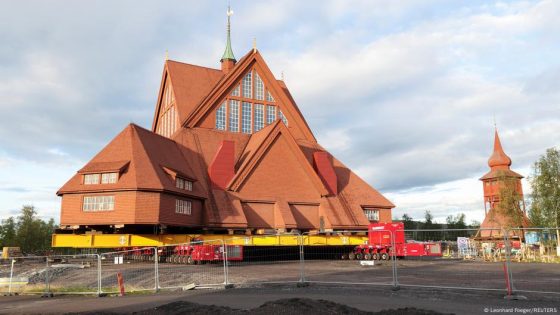In a remarkable feat of engineering, the world’s largest underground iron ore mine is prompting the relocation of Kiruna, Sweden’s historic wooden church. This significant event began on August 19, 2025, as the 113-year-old Kiruna Church is being moved approximately 5 kilometers to accommodate the mine’s expansion.
- Kiruna Church relocated for mine expansion
- Historic event attracts 10,000 attendees
- Relocation costs estimated at €45 million
- Sami community concerned about reindeer routes
- Church symbolizes Kiruna's cultural identity
- Mining impacts thousands of residents' homes
Weighing 672 tons, this Lutheran church, often hailed as Sweden’s most beautiful building, is the centerpiece of a broader effort to shift much of Kiruna due to mining activities that have destabilized the ground. An estimated 10,000 people are expected to witness this historic journey, with Sweden’s King Carl XVI Gustaf in attendance.
This relocation raises vital questions about the impact of industrial activities on local cultures. Can economic development coexist with cultural heritage? The ongoing changes in Kiruna illustrate this tension:
- Thousands of residents and homes will be affected.
- The Sami community fears for their traditional reindeer migration routes.
- The mine operator, LKAB, is funding the church’s move, costing around €45 million.
- Public interest is high, with live broadcasts planned for the event.
As Kiruna embarks on this unprecedented journey, it prompts US to consider how we can better balance industrial growth with the preservation of cultural heritage. Will future developments prioritize community needs?
































